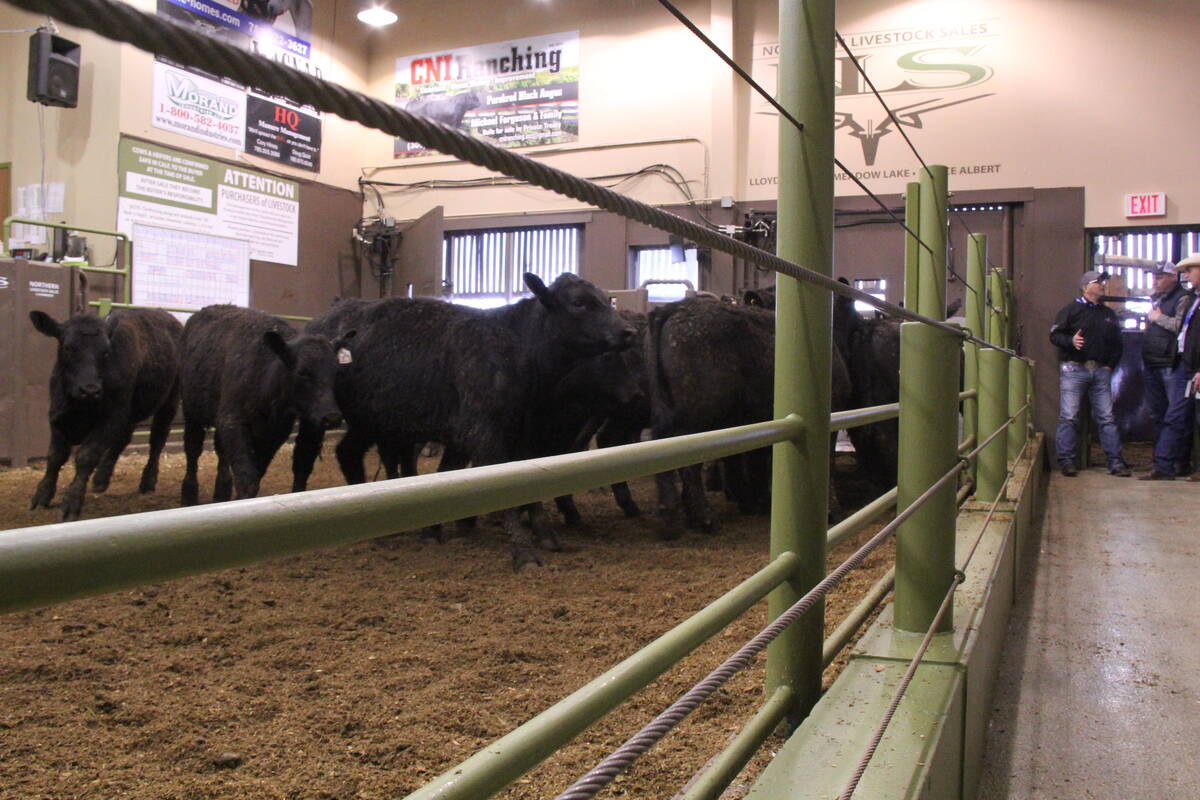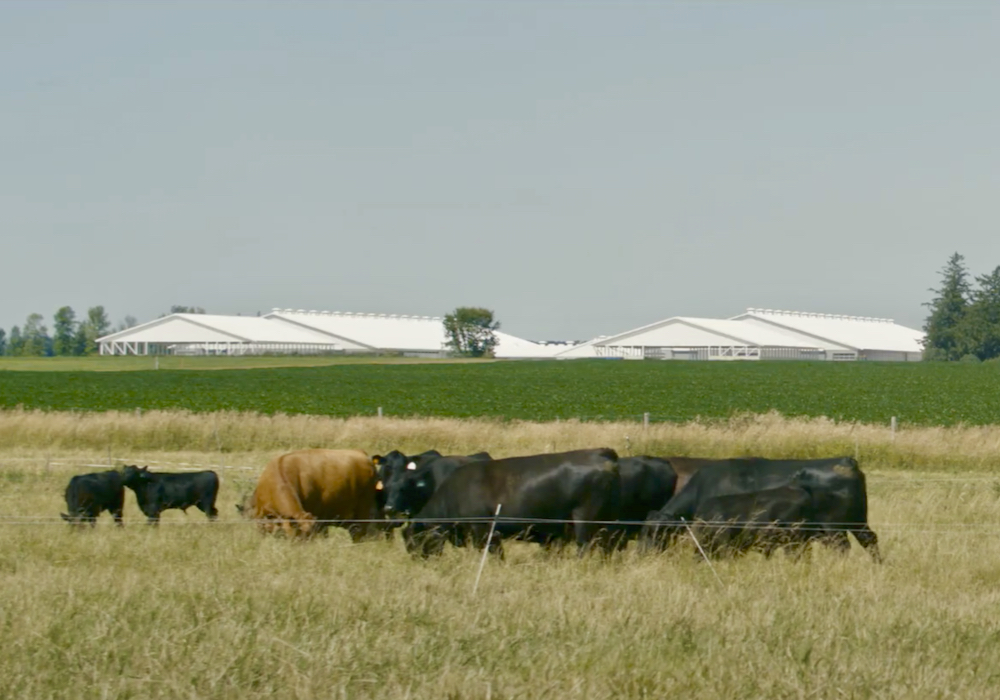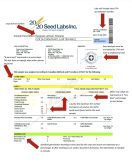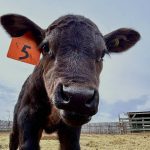Glacier FarmMedia – Can extended grazing be gained by integrating annual forages into a perennial pasture rotational grazing system?
Kim Schneider, an assistant professor in the plant science department at the University of Guelph hopes to answer that question through a two-year study that incorporates annual forages into 48 acres of a perennial rotational grazing system at the Elora Beef Research Centre.
“We have limited Canadian data from actual grazing trials,” Schneider told attendees of the Canadian Forage and Grassland Association’s annual conference last month. “So, the project objective is to quantify the agronomic and economic impacts of integrating annual forages as a component of a perennial pasture rotational grazing system.”

The study uses a two-year rotation of summer annuals planted in the first year, followed by a winter cereal such as fall rye or winter triticale, to mimic winter wheat within a cash crop rotation aimed at grazing, not harvesting.
- RELATED: Do you know what’s in your forage mix?
- RELATED: Forage markets hit by volatility
The study consists of half a dozen eight-acre fields divided into one-acre paddocks planted with four different mixtures per field, replicated three times, and grazed mid-July and mid-August.
Read Also

A change to how the cattle check-off rate is set in Western Canada
On August 1, the Saskatchewan Cattle Association raised the provincial portion of its check-off, raising the total check-off from $4.50…
The four mixes used were: sorghum-Sudan grass planted at a rate of 30 lb./acre; pearl millet at 25 lb./acre; an eight-species diverse mix of oats, annual ryegrass, pearl millet, sorghum-Sudan grass, peas, berseem clover, Winfred brassica and chicory, at 51 lb./ acre, plus a Master Graze grazing corn at 28,000 kernels/acre on 30-inch rows.

“Three of the fields would be in each phase of the rotation in a given year,” Schneider said. “(The one-acre paddocks) give us the opportunity to experiment with some of the different mixtures and different species.”
Forage composition, quality and yield were measured.
“The grazing corn … didn’t do well in these conditions. We had a lot of weed pressure,” Schneider said. “The sorghum-Sudan grass, pearl millet, was OK but also had a fair bit of weed pressure in that July timing.”
In the first round of grazing, the eight-species mix produced the best dry matter yield at more than 1,500 kilograms per hectare and had the lowest weed pressure, followed by sorghum-Sudan grass, pearl millet and grazing corn. There was no statistical difference in weed pressure outside of the diverse mix, which had half the weed pressure of the others, said Schneider.
The regrowth leading up to August grazing saw sorghum-Sudan grass and pearl millet make substantial yield gains with fewer weeds. The diverse mix performed well but yield dropped.
“Our warm seasons (varieties) did start to come out more, as expected, but they were still competing,” Schneider said, adding the sorghum-Sudan grass and pearl millet, while not statistically yielding better than the diverse mix, were slightly better numerically.

The total dry matter yield, including weeds, from mid-July to mid-August showed a tight race between sorghum-Sudan grass at 3,080 kg/ha, diverse mix at 2,930 kg/ha and pearl millet at 2,730 kg/ha.
The grazing corn logged a dismal 1,470 kg/ha, but Schneider said a grazing corn side trial showed it performed better with weed control or inter-seeding with a base mix.
Schneider ran a secondary trial comparing C4 annual forages planted alone or at a half rate with a base mix of oats, annual ryegrass, peas and berseem clover on a smaller scale.
In addition, she wanted to test which combinations the cattle preferred; a C3 species like oats, or Sudan grass, Japanese millet, pearl millet, grazing sorghum, sorghum-Sudan grass and teff grass.
Her team planted the varieties with and without a base. The mid-July yields showed the base mix combinations produced, on average, 3,510 kg of dry matter per hectare and those without a base yielded 1,750 kg/ha. Schneider said the base mix recorded eight per cent weed pressure compared to 36 per cent for the monoculture.
Pearl millet with the base recorded the highest yields with the lowest weed pressure for first grazing.
The mid-August grazing monoculture yields were better, with 1,282 kg/ha compared to 772 kg/ha compared to the C4 in a base mix, said Schneider.
“The total yield (4,282 kg DM/ha) was still better when you had that base mix,” she said. “One thing we’d like to try is planting the base mix with a little higher seeding rate on the C4s so by mid-August, you still have some of the benefits of weed control and the greater yields from that earlier round.”
There wasn’t a significant difference between the monoculture species’ performance, except for teff grass. However, the data suggest Sudan grass, pearl millet, grazing sorghum and sorghum-Sudan grass would have easily supported a third round of grazing.
Schneider said the early data indicates warm season annuals hold promise in helping negotiate the summer slump but more data is needed before drawing conclusions.
“All of the warm seasons we tested showed promising results with the exception of teff grass and all of them were also eaten teff again with the exception of turf grass,” said Schneider.
She said that the cows would have eaten the teff grass if necessary but they preferred the other C4 annuals.
While the study showed planting into a base mix may decrease weed pressure for mid-July grazing, it can potentially reduce yields by mid-August due to competition. However, Schneider hypothesized that adjusting the seeding rate to a higher C4 to C3 ratio could mitigate the issue. She plans to test new rates this season.
















